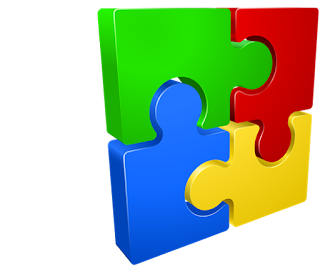“[I]t has been well demonstrated that
children who do not acquire number sense early in their mathematics education struggle
throughout their entire subsequent school and college years, and generally find
themselves cut off from any career that requires some mathematical ability”.
--
Keith Devlin, Stanford Mathematician
With
technology changing, tomorrow’s job market will be dramatically different than
today’s. High tech careers, which demand
excellent STEM skills, will grow exponentially and many jobs that don’t require
a college education will be exported to lower wage countries – or replaced by
new inventions. Already college
graduates enjoy a lower rate of unemployment and higher wage growth than those
with a high school diploma according to a recent Georgetown University report.
So, how do
parents make sure their child is primed for success in the STEM-oriented job
market they will ultimately face after graduation?
Part of
developing a strong background in STEM will involve a good foundation in math. Studies show that children who fall behind in
the early grades tend to stay behind in high school. A good grounding
in math requires excellent number sense.
In fact, current US Common Core standards for math emphasize number
sense as a fundamental goal.
Number sense
means:
- A basic understanding of what numbers mean (including fractions, decimals, negative numbers)
- Being able to use different ways to express the same number, for example, 50% or ½ or 0.5
- Estimating skills
- Rounding skills
- Determining the degree of precision needed in a situation
- Choosing measurement units to make sense for a particular task
- Comparing physical measurements between various systems of measurement (such as the English system and the metric system)
People with number sense are those
who can use numbers flexibly. Research with
low and high achieving math students between the ages of 7 and 12 has
demonstrated that the high achieving students use number sense. The researchers concluded that low achievers
are often struggling not because they have fewer memorized math facts at their
disposal, but because they don’t use numbers flexibly. A 3 minute video demonstrates this flexibility associated with number sense as
applied to multiplication.
Without number sense, there is no
foundation for advanced math understanding – just as without a knowledge of
phonics and word meanings there is no advanced reading. Mere memorization of math facts and
regurgitation under timed test pressure is no substitute for
understanding. Today’s kids will need to
build a strong base in number sense for tomorrow’s economy.







